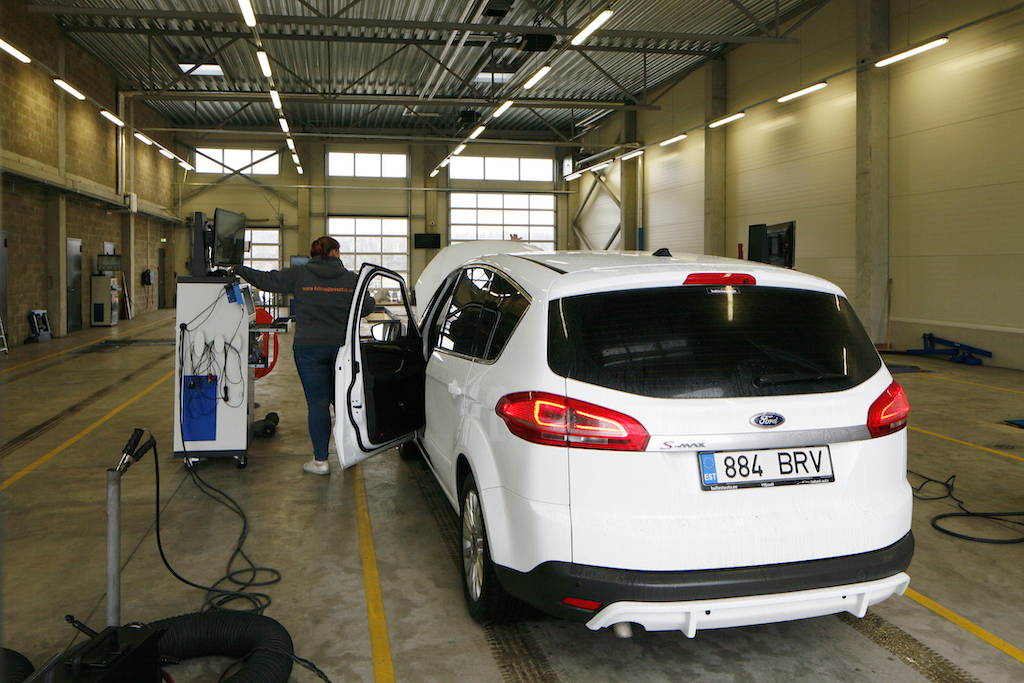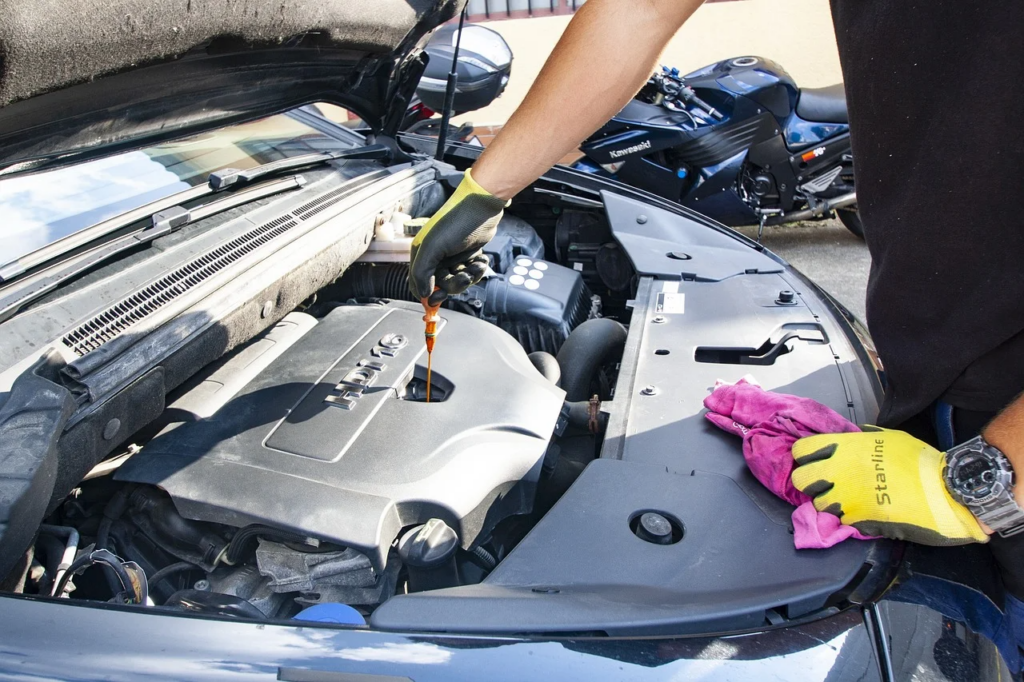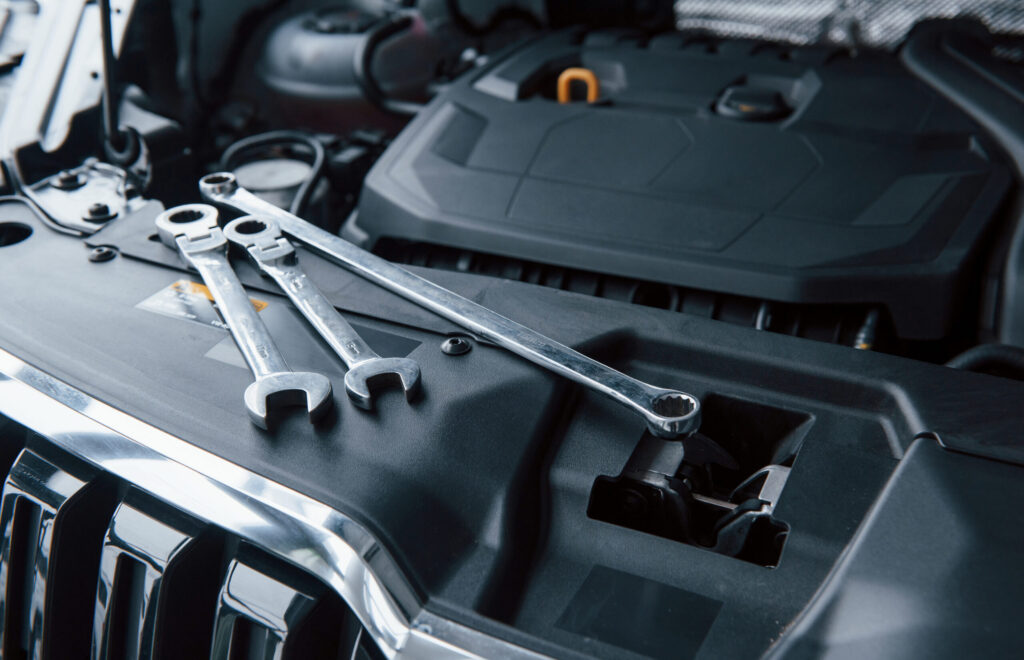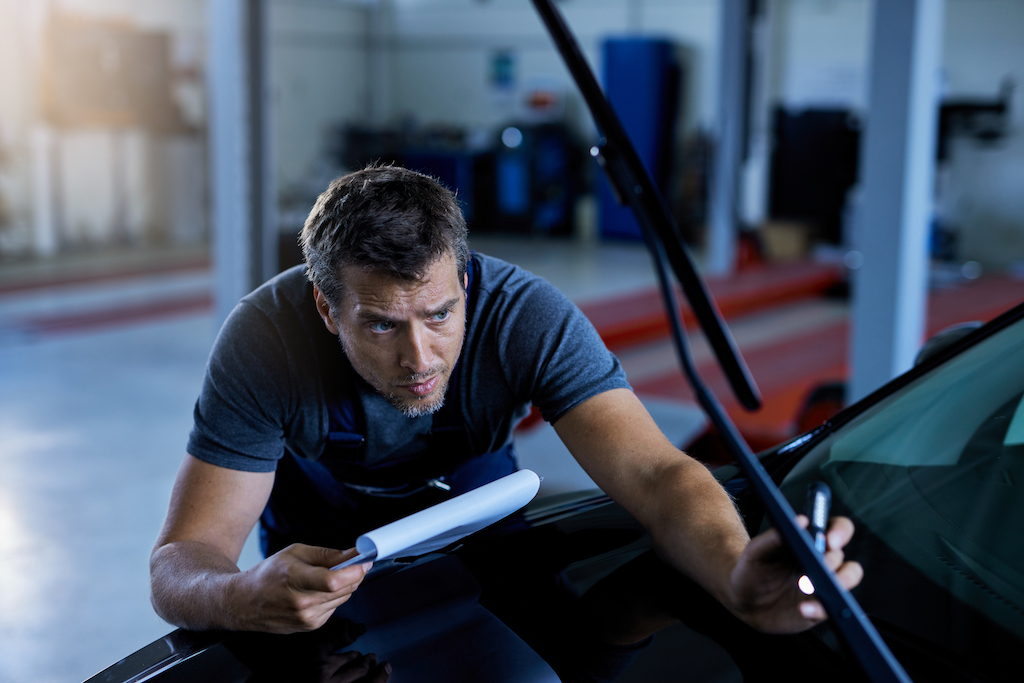How to prepare your car for a roadworthiness test
The purpose of the roadworthiness test is to ensure that your vehicle is safe on the road and as environmentally friendly as possible. Although you must have your vehicle checked regularly at authorised service stations, depending on its age, you can also prepare for the test.
How to prepare your car for a roadworthiness test
The purpose of the roadworthiness test is to ensure that your vehicle is safe on the road and as environmentally friendly as possible.
How to prepare your car for a roadworthiness test and avoid a re-test.
The purpose of a roadworthiness test is to ensure that your vehicle is safe on the road and that you are as environmentally friendly as possible. Although you should have your vehicle checked regularly at authorised service stations, depending on its age, you can also prepare for a roadworthiness test. In this way, you can avoid having to undergo a re-inspection.
What are the most common mistakes that can lead to failing a roadworthiness test?
Vehicles that are referred for a roadworthiness test often have similar faults. For example, the most common faults are with the lights, suspension, tyres, power steering, brakes and windscreen. If any faults are found during the inspection which contravene the fixed standards, the problems must be rectified and the vehicle must be re-inspected. You have one month to undergo the re-inspection.
However, it is important to note that some minor defects are not automatically rejected at the roadworthiness test, but the driver is directed to have the defects rectified. This is often the case for older vehicles, where there are minor defects that do not need to be checked again. Conversely, larger and more dangerous faults mean that the vehicle is banned from normal driving and is obliged to take a direct route to a repairer.
What to check before the roadworthiness test?
In order to avoid a re-inspection, the driver can do some preparatory work. Many factors are checked visually at the roadworthiness test, which means that the driver can also have a look at the vehicle before the test. However, if there are any doubts about the condition of the vehicle, it is a good idea to take it to the nearest workshop or agency for an inspection.
How can you check the condition of your vehicle yourself?
First of all, start with the lights – are the brake lights, indicators, fog lights and number plate lights in good working order? In addition, check that the lights are not cracked and the lenses are not faded.
Pay attention to the vehicle’s suspension, bushings, shock absorber, ball joints, springs and rods. Are there no signs of wear on the suspension parts? Check tyres, tyre tread depth, possible cracks and valves. Be sure to check the tyre pressure and the presence of a spare tyre.
Inspection points in Tallinn
Peetri inspection point
Mustamäe inspection point
Rocca al Mare inspection point

For the power steering, check the fluid level and look for any leaks.
Check brakes, brake pads and rotors. When checking the brakes, pay attention to the pedal application and the handbrake – is everything normal? You can also get a clue to brake faults by vibrating the steering wheel.
When it comes to the windscreen, it’s important to check that the glass is not frosted, scratched, cracked or crazed. In addition, check the operation of the windscreens. In addition to the above, pay attention to the car’s rust condition, oil leaks, battery fluid, seat belts, airbags and signal. All of the above must be in good working order and comply with the standards.
Have a roadworthiness test carried out at roadworthiness test points in Tallinn and Peetri.
In the case of technical inspections, the emphasis is on efficient use of time and quality. At the service station, we know that customers don’t want to wait in queues or waste their time, so we work on several routes and guarantee a service inspection in just 15 minutes. Our specialists also perform their work to the highest standards, with decades of experience and expertise. A quality roadworthiness test is essential to prevent life-threatening situations or accidents with your vehicle.
Read also these useful articles on roadworthiness tests
Road safety and roadworthiness tests – why it’s important to keep your car in good technical condition
Road safety and roadworthiness tests - why it's important to keep your car in good technical condition.
Road safety and roadworthiness tests are closely linked, as the majority of vehicles on the road are subject to annual roadworthiness tests. We often give little thought to the safety of our cars on a day-to-day basis, but the fact is that every time we get behind the wheel, our safety and that of our fellow road users depends to a large extent on the technical condition of our vehicle.
The ABC of vehicle roadworthiness testing
A roadworthiness test is a compulsory test for all drivers and must be carried out regularly. However, there may be a number of questions about the roadworthiness test that you would like to have answered before the test.A roadworthiness test is a compulsory test...
Car inspection in Tallinn
Car inspection is the process of checking the technical condition of vehicles to ensure that they are safe and environmentally friendly to drive. During the car inspection, we check that the vehicle is properly maintained and in working order.Car inspection is the...
Vehicle inspection – everything you need to get your vehicle checked over
An inspection is one of the most important responsibilities of every driver to ensure a safe driving culture for all road users. Compulsory inspections of different vehicles are carried out regularly, but depend on the age and type of vehicle.Car inspection - take...
Peetri
Mustamäe and Õismäe
Rocca al Mare
© tehnoülevaatus.ee | Profdiagnostik Ltd - is recognised as a professionally competent measurer in the field of accreditation.
Measurements for technical inspection of vehicles. Estonian Accreditation Centre No. E113




